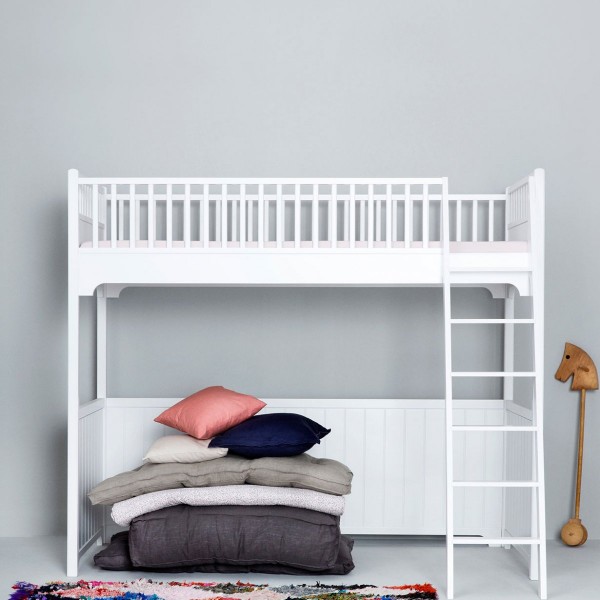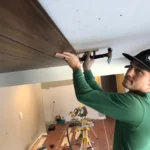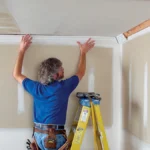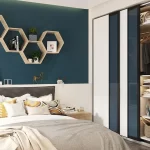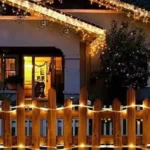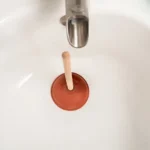Choosing the best exterior house paint is essential for protecting your home, boosting curb appeal, and ensuring long-lasting durability. The right paint doesn’t just transform the look of your property—it also shields it from harsh weather conditions, moisture damage, and fading over time. Whether you’re tackling a DIY project or hiring a professional, knowing how to prepare, choose, and apply exterior paint makes all the difference.
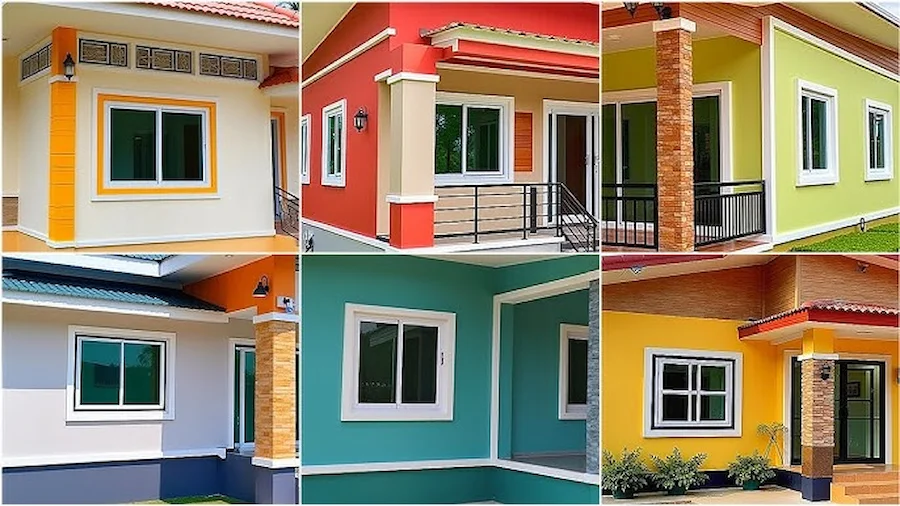
Content
Why Choosing the Best Exterior House Paint Matters
Exterior painting is more than a cosmetic upgrade. The right product protects siding, brick, or stucco from rain, sun, and temperature swings. Using the best paint for exterior walls ensures fewer repaints, saving both time and money. Plus, the right shade can dramatically boost resale value—homebuyers are more likely to notice fresh, appealing exterior house paint colors.
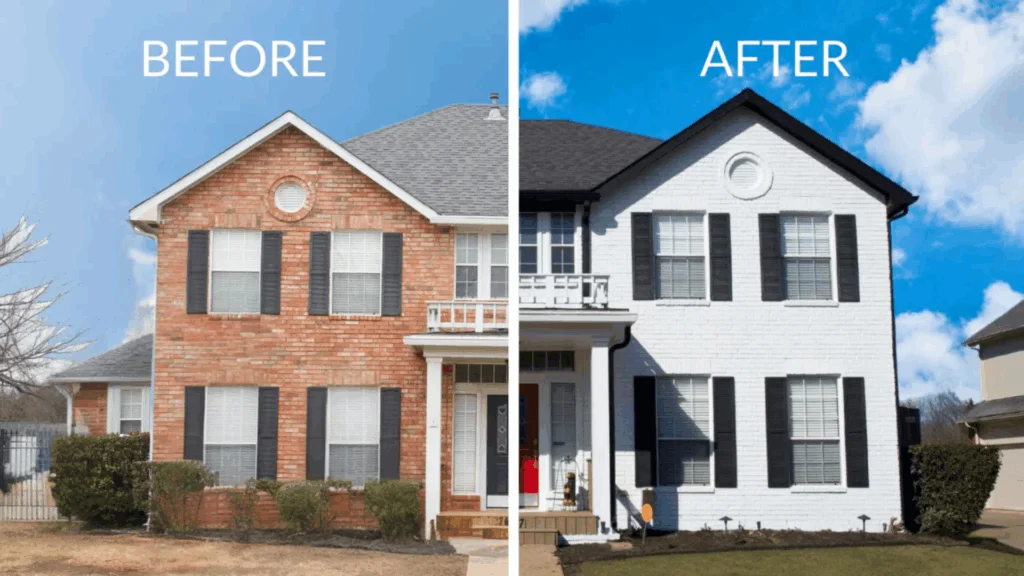
Step 1: Proper Surface Preparation
Before opening a paint can, spend time preparing the surface. This step is often overlooked, but it’s the foundation of a flawless, durable finish.
- Clean thoroughly: Pressure wash to remove dirt, mildew, and old residue.
- Repair and sand: Patch cracks, sand rough spots, and scrape away peeling layers.
- Prime wisely: Always use a high-quality primer for better adhesion, especially when switching between dark and light colors.
Think of preparation as setting the stage—the smoother the base, the longer your long lasting exterior paint will last.
Step 2: Choosing the Best Exterior House Paint
Selecting paint is more than picking a color swatch. Consider climate, surface type, and finish.
Types of Paint
- Acrylic latex: Flexible and ideal for most siding; great for varying climates.
- Elastomeric: Creates a waterproof coating, perfect for masonry or stucco.
- Oil-based: Less common today but durable for trim or doors.
Finishes
- Flat: Hides imperfections but less washable.
- Satin/Eggshell: Popular for siding—balanced look with good durability.
- Semi-gloss/Gloss: Best for trim, doors, and accents where durability and easy cleaning matter.
When choosing, balance weather resistant house paint with style. For example, if your home faces strong sun exposure, UV-resistant paint is essential.
Step 3: Tools & Techniques for a Professional Look
The right tools can make or break your project.
- Brushes and rollers: Ideal for smaller areas and smooth finishes.
- Paint sprayers: Speed up large surfaces, but require careful masking and practice.
- Multiple thin coats: Apply two to three lighter coats instead of one thick layer.
Timing matters, too. Avoid painting in extreme heat or freezing conditions. Instead, pick mild, dry days to help the paint cure properly. These house painting tips ensure your finish lasts.
Step 4: Maintenance for Long-Lasting Results
Even the best exterior house paint needs upkeep. Protect your investment with regular maintenance:
- Inspect annually: Check for cracks, peeling, or mildew.
- Wash occasionally: Use mild soap and water to clean dirt and grime.
- Touch up early: Fix small chips or cracks before they spread.
By following these steps, your durable outdoor paint can last up to a decade or more before needing a refresh.
Real-Life Case Study: The Johnson Family Home
When the Melissa family in Portland bought a 20-year-old house, the siding was dull, chipped, and faded. They invested in high-quality weather resistant house paint with a satin finish, ideal for the region’s rainy climate.
Instead of rushing, they spent two weekends preparing the surface—power washing, sanding, and priming. They chose a soft gray tone with crisp white trim, balancing modern curb appeal with timeless charm.
Three years later, the paint still looks fresh. Their neighbors even asked for the exterior paint brands they used. The Johnsons shared that while the upfront cost was higher, the durability saved them from early repainting, proving the value of quality choices and proper preparation.
Common Mistakes to Avoid
- Skipping primer and applying paint directly.
- Painting during humid or wet weather.
- Using low-quality paint to save costs.
- Applying one thick coat instead of multiple thin coats.
Avoiding these mistakes ensures your paint job is not only attractive but also long-lasting.
Outdoor House Paint Ideas for Curb Appeal
Choosing the right colors is just as important as selecting the best paint type. Popular outdoor house paint ideas include:
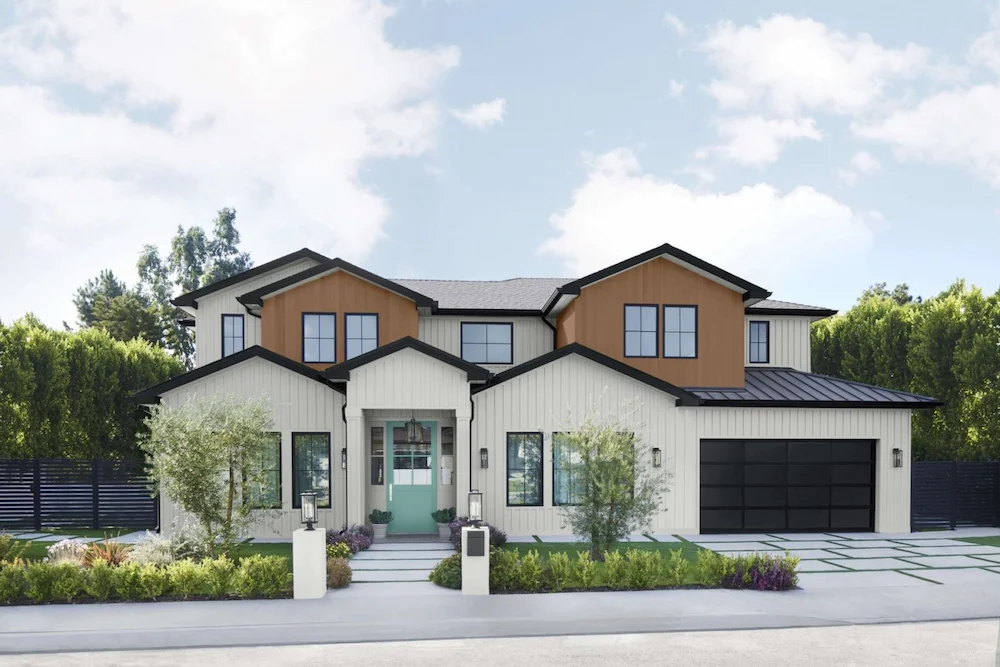
- Neutral tones like beige or gray for a classic, timeless look.
- Bold accents on doors and shutters for personality.
- Earthy greens and browns that blend with natural surroundings.
Remember, the goal is balance—colors should complement your home’s architecture and the surrounding landscape.
Conclusion
Selecting the best exterior house paint involves preparation, smart product choices, the right tools, and consistent maintenance. With durable, long lasting exterior paint, your home not only looks stunning but also gains protection against the elements. Just like the Johnsons experienced, investing in quality upfront pays off in beauty, durability, and curb appeal.
Whether you’re repainting for resale value or personal enjoyment, remember: the right paint choice is the foundation of a home that always looks its best.
FAQs
How long does the best exterior house paint last?
High-quality exterior house paint can last 7–10 years with proper prep and maintenance.
What is the best time of year to paint a house exterior?
Mild, dry weather in spring or fall is ideal for applying exterior house paint.
Do darker exterior house paint colors fade faster?
Yes, darker shades absorb more sunlight, causing faster fading than lighter colors.
Can I paint over old exterior paint without priming?
Skipping primer risks peeling. Always prime for best adhesion and durability.
What’s the difference between exterior paint finishes?
Flat hides flaws, satin suits siding, gloss works best for trim and doors.

Melissa Day is a dedicated home blogger who has been blogging for over six years. She covers everything home related. Melissa also loves writing posts about her travels to Europe with her husband and two children.


